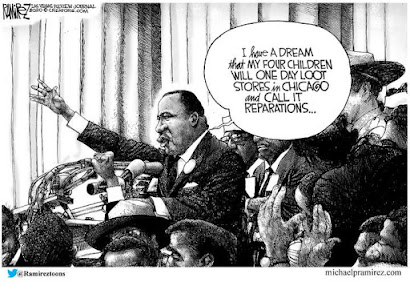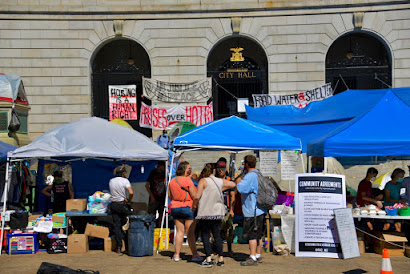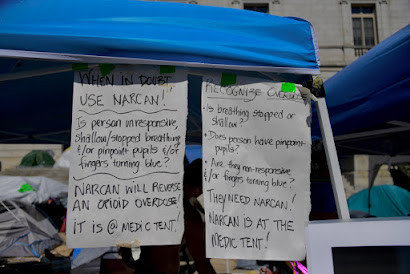A US Census lady knocked on my door over the weekend and asked very few questions compared to what were asked during the 2010 or 2000 census. After recording names, sexes, and birthdates of people who lived at my address on April 1st, she came to the inevitable race question which went something like: did I consider myself Hispanic? I told her I’m human; so is my wife, and that’s all she needed to know. With that she said she was all done and got up to leave.
Surprised, I asked her what the federal government would do with data about race if I had identified myself as belonging to one of its categories. She said would have had more questions if I had identified as “white.” She would have asked about ethnicities like Irish or Italian, but since I declined to racially categorize myself or my wife, she stopped. There were no questions about religion, occupation, or citizenship status — the kind of data useful to historians studying trends. Perhaps she knew I was a retired teacher, but wasn’t aware that I still work. We live in the same town and I know her and her family.
Government at all levels is obsessed with discriminating between people based on skin color or ethnicity, and has been for as long as I can remember. Decades ago I stopped cooperating. When encountering ubiquitous race questions on official forms, my habit is to draw in a box, label it “human” and put a check it. While distributing state testing forms in my public school classroom, I suggested to students that they could do the same. Many did.
Obsession with race is getting worse. At the University of Southern Maine in Portland — a state institution — president Glenn Cummings recently asked all students and faculty to sign a “Black Lives Matter Statement and Antiracism Pledge.” He intends to publish a list of everyone who signs it, and that, by process of elimination, would also become a list of those who did not sign it. Would they then be subject to sanctions or harassment?
What about students and faculty who, while recognizing historical oppression of blacks in America, disagree with BLM’s anti-capitalism or its inherent Marxism? How about those who object to a pledge by BLM’s Greater New York president Hawk Newsome that: “If this country doesn't give us what we want, then we will burn down this system and replace it”? Or how about those who disagree with Chicago BLM organizer Ariel Atkins who said BLM rioters looting stores were justified because: “That is reparations. Anything they wanted to take, they can take it because these businesses have insurance.”
The University of Southern Maine pledge states that:
We stand in solidarity with those who are working for justice and change. And we invite you to join us in pledging to be a practicing antiracist at the University of Southern Maine and in all aspects of your life. We believe, as Ibram Kendi writes, that "the only way to undo racism is to constantly identify it and describe it — and then dismantle it.”
Never having heard of Ibram Kendi, I did searches on him. His latest book is: How To Be An Antiracist. About it, Christopher Caldwell contends in National Review:
Anti-racists assume that the American system of politics, economics, and policing has been corrupted by racial prejudice, that such prejudice explains the entire difference in socioeconomic status between blacks and others, that the status quo must be fought and beaten, and that anyone not actively engaged in this system-changing work is a collaborator with racism, and therefore himself a legitimate target for attack.
This is dangerous rhetoric. It assumes that “systemic racism” is a real thing — that if you’re white, you were born with “white privilege,” as well as inherent racism against so-called “people of color.” If you don’t sign pledges like the one USM President Glenn Cummings urges you to sign, if you don’t kneel during the national anthem, if you don’t constantly proclaim that you’re not racist, you might as well proclaim that you are. The USM “community” will no doubt see you as such.
USM is a state institution. It’s supported by our tax dollars and it shouldn’t be pressuring its students or faculty to support political positions, much less radical-left ideologies like those espoused by Black Lives Matter. Along with almost all levels of government, USM is obsessed by race. We would all do better to insist there is only one race — the human race — and no subsidiaries exist.































